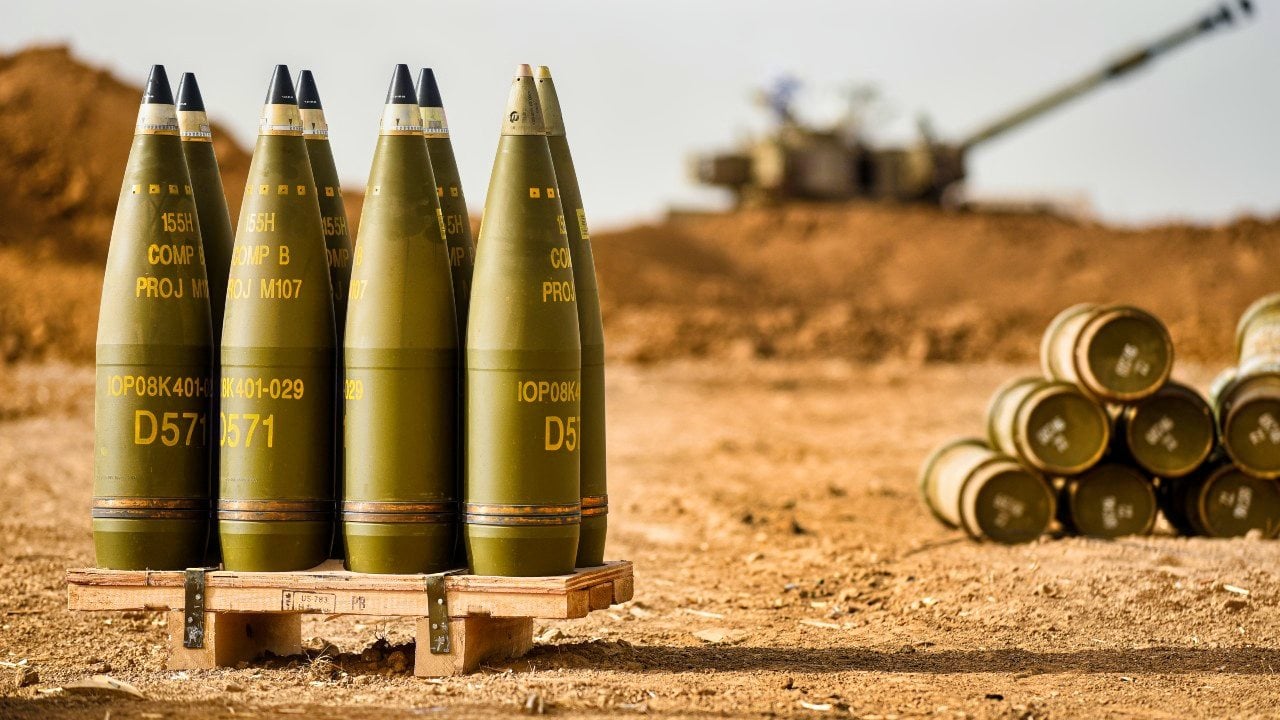Ukraine Dragon Drones Are Now Burning Russian Tanks at 4,000 Degrees
Ukraine’s new “dragon drones,” equipped with thermite, are striking Russian targets with devastating precision. Thermite, a mixture of aluminum powder and iron oxide that burns at 4,000°F (2,000°C), can melt through metal, making it highly effective against bunkers, trenches, and even main battle tanks.
What You Need to Know: Ukraine’s new “dragon drones,” equipped with thermite, are striking Russian targets with devastating precision. Thermite, a mixture of aluminum powder and iron oxide that burns at 4,000°F (2,000°C), can melt through metal, making it highly effective against bunkers, trenches, and even main battle tanks.

-Recently deployed in the Bakhmut sector, these UAVs draw comparisons to ancient Greek fire and flamethrowers. Both Ukraine and Russia are now utilizing thermite drones, leading to speculation of intensified drone warfare as the conflict escalates.
Ukraine’s “Dragon Drones” Set Russian Tanks Ablaze with Thermite Strikes
In the world of fiction, the fire from a dragon is hot enough to melt stone. As seen in the recently concluded second season of House of the Dragon, the mythical creatures could literally rain fire onto an enemy.
The Ukrainian military has a new weapon that can't quit burn a castle to the ground, or breathe fire over a wide area, its fire-spewing "dragon drones" are the latest weapon to strike Russian tanks. The small unmanned aerial vehicles (UAVs) were first deployed last month, and according to a report from CNN, each carries a "white-hot mixture of aluminum powder and iron oxide, called thermite," which "burns at temperatures up to 4,000 degrees Fahrenheit (2,000 degrees Celsius)."
A Modern Form of Greek Fire
Though named after the mythical dragons, the drones are essentially a form of aerial flamethrowers or a modern take on the medieval "Greek Fire" – and have been widely employed to burn trees and vegetation, as well as forward positions. According to The Kyiv Post, the U.S. military, which has its own thermite drones, warns that soldiers on the ground have just seconds to escape such an attack.
"The dragon drones have mostly attacked bunkers, trenches and their occupantsthe operators apparently calculating that structures and troops are most vulnerable to sticky incendiaries that can kill a human being in seconds," David Axe wrote for Forbes.com on Thursday.
While it has been stationary targets that have largely come under attack, this week, the Ukrainian Army began to strike Russian tanks with the hell-fire weapons.
Units of the 30th Separate Mechanized Brigade named to honor the Ukrainian Prince Konstantin Ostrozky used a dragon drone against a Russian main battle tank (MBT) just after it struck a mine, reportedly in the Bakhmut sector. The disabled vehicle was seen being struck by the drone and then engulfed in fire.
Video of the attack has been shared on social media, including on X – the platform formerly known as Twitter – and on Facebook.
Aptly Named Weapon
Dubbing the UAVs "dragon drones" is fitting as thermite can "burn through almost anything, including metal," CNN added. There is little to no protection from it.
"It was discovered by a German chemist in the 1890s and was originally used to weld railroad tracks. But its military potency soon became apparent, with the Germans dropping it from zeppelins as bombs over Britain in World War I," the news organization explained.
Thermite is not banned under international law, "but its use on civilian targets is prohibited."
Both sides have previously employed thermite weapons in the ongoing war, and Russian forces have also begun to deploy thermite drones – reportedly based on stolen designs, or likely from recovered drones that crashed before they could unleash their hell.
Given that both sides are now using such thermite-equipped UAVs, it is a matter of time before we see a "dance of the dragon drones."
Author Experience and Expertise: Peter Suciu
Peter Suciu is a Michigan-based writer. He has contributed to more than four dozen magazines, newspapers, and websites with over 3,200 published pieces over a twenty-year career in journalism. He regularly writes about military hardware, firearms history, cybersecurity, politics, and international affairs. Peter is also a Contributing Writer for Forbes and Clearance Jobs. You can follow him on Twitter: @PeterSuciu. You can email the author: [email protected].
Image Credit: Creative Commons and/or Shutterstock.


